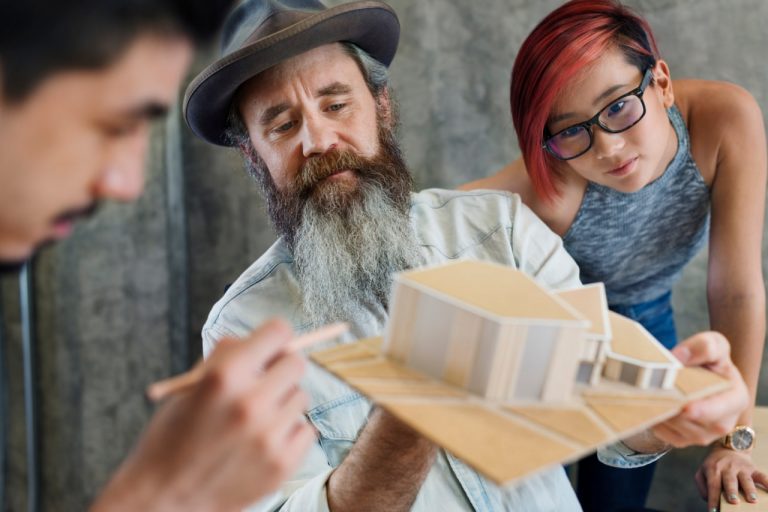Essential Tools Every Model Builder Should Own
The Foundation of Great Model Building
Model building is a craft that blends precision, creativity, and patience. Whether you’re assembling a military tank, a sci-fi spaceship, or a classic car, having the right tools is essential for a clean, accurate, and satisfying build. While skill and technique develop over time, the right tools can significantly elevate the quality of your work and ease the building process. This guide outlines the essential tools every model builder—beginner or expert—should have in their toolkit.
Hobby Knife
The hobby knife is the most fundamental tool for any modeler. Its sharp blade is used for trimming parts, removing flash, cutting decals, and scoring materials. The most common type is the X-Acto knife, which offers precision and versatility. Interchangeable blades allow you to switch between fine tips for detail work and broader blades for heavier cuts. Always ensure your blade is sharp—dull blades are not only ineffective but more likely to slip and cause injury or damage.
Sprue Cutters
Sprue cutters are specialized snips used to remove parts from the plastic sprue (the frame that holds individual model components). Unlike regular scissors or side cutters, sprue cutters are designed to make clean, flush cuts, minimizing stress on the part and reducing the need for excessive sanding afterward. Investing in a high-quality pair can prevent cracks and unwanted marks on delicate pieces.
Sanding Tools
Sanding is critical for refining parts after cutting and preparing surfaces for paint. A variety of sanding options are available, including sanding sticks, emery boards, and fine-grit sandpaper. Some modelers also use flexible sanding sponges for curved surfaces. Grits ranging from 400 to 2000 are useful, with coarser grades for removing imperfections and finer grades for polishing and smoothing.
Tweezers
Model building involves handling small, delicate components that fingers simply can’t manipulate with precision. A set of fine-point tweezers makes it easier to place tiny parts, decals, and photo-etched pieces accurately. Anti-static and curved-tip tweezers can also come in handy, especially when working with decals or applying glue in tight spaces.
Glue and Adhesives
Different types of adhesives are suited for different modeling materials and purposes. Plastic cement works by melting plastic surfaces to bond them together—ideal for styrene kits. Super glue (cyanoacrylate) is best for quick bonds or joining dissimilar materials like metal and resin. Some modelers also use white glue (PVA) for temporary placement or clear parts. Precision applicators help control flow and avoid glue marks.
Paints and Brushes
Painting brings your model to life, and a range of tools is needed for effective coverage and detailing. Acrylic and enamel paints are most commonly used in model building. Acrylics are water-based, fast-drying, and user-friendly, while enamels offer durability and a smooth finish. A selection of fine-tip brushes is essential for detailing, edge work, and touch-ups. Even if you plan to airbrush, having a good set of brushes remains necessary.
Airbrush and Compressor
For smooth gradients, even coats, and professional-quality finishes, an airbrush is an invaluable tool. It allows for precise control of paint application and is particularly useful for larger surfaces or camouflage patterns. Pair your airbrush with a reliable compressor featuring adjustable pressure. While airbrushes involve a learning curve and maintenance, the results can be dramatically better than brush painting alone.
Cutting Mat
A self-healing cutting mat protects your work surface and extends the life of your blades. Its gridlines and measurements also aid in making precise cuts and aligning parts. Available in various sizes, a cutting mat is especially important for scratch-building, decal trimming, and general layout planning.
Masking Tape
Masking is essential for clean, crisp paint lines and protecting surfaces from overspray. Specialized model masking tapes like Tamiya tape are low-tack, preventing damage to delicate surfaces or previously painted areas. They come in various widths and can also be used to hold small parts temporarily in place while gluing or painting.
Magnifying Lamp or Optivisor
Precision is key in model building, and a magnifying lamp or wearable magnifier like an Optivisor allows you to see fine details clearly. This is especially helpful for decal placement, tiny part assembly, and painting small features. A well-lit work environment combined with magnification reduces eye strain and improves overall accuracy.
Pin Vice and Micro Drills
A pin vice is a small hand drill used to make holes in plastic, metal, or resin parts. It’s perfect for enhancing detail, adding wiring or piping, or preparing parts for rods and pins. A set of micro drill bits in various sizes complements the pin vice and opens up opportunities for advanced customization.
Clamps and Holders
Keeping parts aligned while glue dries can be challenging. Clamps, mini vises, and helping hands (multi-arm holders) help secure pieces in place. These tools are especially useful when assembling multi-part structures like fuselages, hulls, or dioramas, allowing for hands-free drying and better accuracy.
Decal Tools
Decal setting solutions like Micro Set and Micro Sol help decals conform to surface details and adhere securely. A soft brush or cotton swab helps apply them without tearing. Decal tweezers and a damp sponge also support clean and easy transfers. Proper tools reduce silvering, wrinkling, and misalignment of decals.
Storage and Organization
Keeping your workspace clean and tools organized makes the building process more efficient and enjoyable. Storage boxes, drawer units, and tool caddies ensure that everything from paints to tweezers is easy to find and safe from damage. Magnetic trays can also help manage tiny screws and parts.




